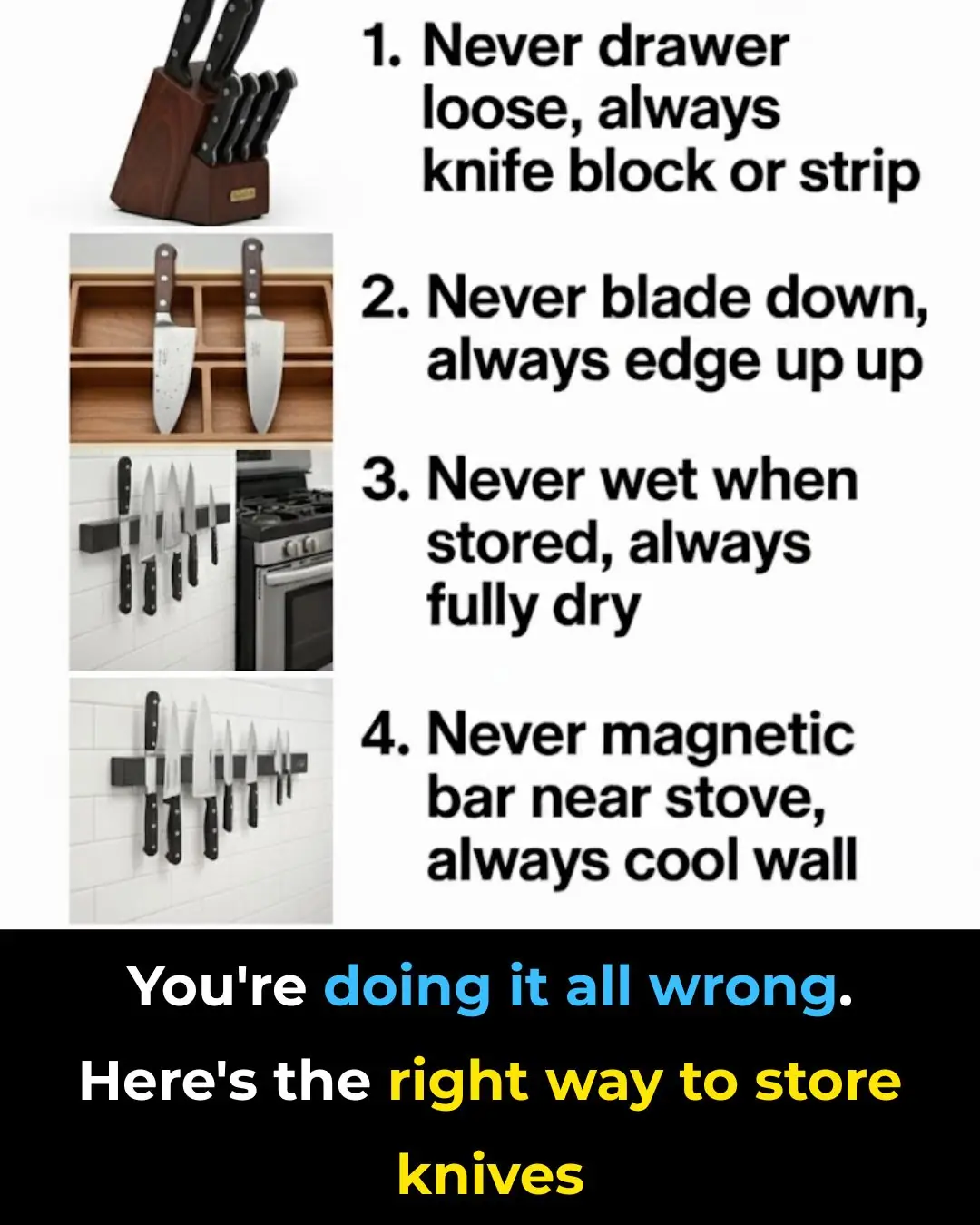
10 cooking cleanup habits you’re doing wrong
Cleaning up after cooking can sometimes feel even more daunting than the cooking itself. Over time, many of us develop habits that we think make the process easier, but some of these habits may actually be doing more harm than good. From damaging cookware and clogging pipes to compromising kitchen safety, knowing the mistakes you might be making is the first step toward a cleaner, more efficient kitchen.
In this article, we’ll explore 11 common cooking cleanup habits that could be slowing you down or causing problems. By learning the right techniques and small adjustments, you can save time, extend the life of your kitchen tools, and maintain a more organized and hygienic kitchen environment.
1. Pouring Boiling Pasta Water Straight Into the Sink
Pouring boiling pasta water directly into your sink can damage your plumbing. The high heat can warp or weaken PVC pipes over time, potentially causing leaks or expensive repairs. Instead, use a pasta pot with a built-in strainer or a separate colander in the sink. Allow the water to cool slightly before disposal to reduce risk.
Additionally, pasta water is rich in starch and can be repurposed. It can thicken sauces and soups, or even be used to water plants. Capturing and cooling it rather than immediately discarding it not only benefits your cooking but also promotes a more sustainable kitchen routine.
2. Putting Cast Iron Cookware in the Dishwasher
Cast iron is durable, but it requires careful maintenance. Dishwasher detergents and excessive moisture strip away the seasoning and can cause rust. To care for cast iron, clean it with a scrub brush or sponge using hot water. A small amount of mild soap is acceptable if needed. After washing, dry the pan thoroughly and apply a thin layer of oil to preserve the seasoning.
Extra tip: Store cast iron in a dry place and avoid stacking heavy items on top to prevent scratching or warping.
3. Scrubbing Nonstick Pans with Steel Wool
Nonstick pans are designed for easy cooking and cleaning, but abrasive scrubbers like steel wool can destroy their coating. Damaged nonstick surfaces reduce effectiveness and can release harmful chemicals if overheated. Use a soft sponge or nylon brush instead, and soak stubborn residue in warm, soapy water before gently scrubbing.
Pro tip: Avoid using cooking sprays on nonstick pans, as they can leave a sticky residue that is hard to clean.
4. Wiping Grease with Paper Towels and Tossing
Using paper towels to clean grease may feel convenient but creates waste and can cause plumbing problems. Pouring grease down the drain risks blockages, while greasy towels add to landfill waste. Instead, pour grease into a heat-resistant container to solidify before disposal, or store it for reuse in cooking.
Bonus tip: Line trays or pans with aluminum foil before frying to minimize greasy cleanup.
5. Using Too Much Soap on Wooden Cutting Boards
Wooden cutting boards can absorb moisture and odors. Using excessive soap can leave a soapy taste in food and damage the wood. Clean with hot water and a small amount of mild soap, scrubbing gently. Rinse thoroughly and dry immediately to prevent cracking or warping. Occasionally, condition your board with mineral oil to maintain its surface.
Extra advice: Use separate boards for raw meat and vegetables to avoid cross-contamination.
6. Ignoring the Blender’s Sharp Blades During Cleanup
Blender blades often get neglected during cleaning, which can dull them and cause lingering odors. To clean efficiently, fill the blender halfway with warm water and a drop of dish soap, then blend for a few seconds. Rinse thoroughly and handle blades carefully to prevent cuts.
Additional tip: For stubborn residue, blend a mixture of water, baking soda, and lemon juice to deodorize and clean simultaneously.
7. Overloading the Dishwasher with Pots and Pans
Overloading your dishwasher can block spray arms and prevent proper cleaning, potentially damaging your machine. Wash large pots and pans by hand, or make sure there’s enough space between items to allow water and detergent to circulate effectively.
Extra tip: Place heavily soiled items on the bottom rack and delicate items on the top for better results.
8. Letting Food Debris Sit on Dishes Overnight
Leaving food on dishes overnight can cause stains, odors, and bacterial growth. Dried-on food is harder to remove and can damage your plates. Rinse dishes immediately after meals, or soak them in hot, soapy water to loosen debris for easier cleaning later.
Pro tip: Keep a small basin of warm water nearby to quickly soak dishes while cooking to minimize post-meal cleanup.
9. Skipping the Pre-Clean of Reusable Containers
Reusable containers often retain food residue that can create mold or odors. Skipping a pre-clean makes washing more challenging later. Rinse containers immediately after use, and for stubborn stains or odors, scrub with a mixture of baking soda and water.
Extra tip: Store containers with lids off to prevent trapped moisture and lingering smells.
10. Forgetting to Clean the Garbage Disposal Regularly
Garbage disposals accumulate food particles and grease, leading to odors and blockages. Regular cleaning is essential. Run ice cubes and salt through the disposal to dislodge debris, followed by lemon slices for freshness. For a deeper clean, use a disposal brush or specially formulated cleaner.
Pro tip: Avoid putting fibrous foods like celery or potato peels into the disposal to prevent jams.
11. Using the Wrong Cleaning Products for Specific Surfaces
Different kitchen surfaces require specific cleaning products. Harsh chemicals can damage granite, marble, or delicate finishes. Always follow manufacturer guidelines and opt for mild, non-abrasive cleaners when uncertain. Using the right products will keep surfaces looking new and extend their lifespan.
Extra tip: Microfiber cloths are excellent for wiping surfaces without scratches and are reusable, reducing waste.
By avoiding these common cleanup mistakes and applying these small, thoughtful adjustments, you can save time, protect your kitchen tools, and enjoy a cleaner, safer cooking environment. A few mindful habits can transform the often-dreaded cleanup into a simple, even satisfying, part of your cooking routine.
News in the same category


Genius!

Need some assistance here
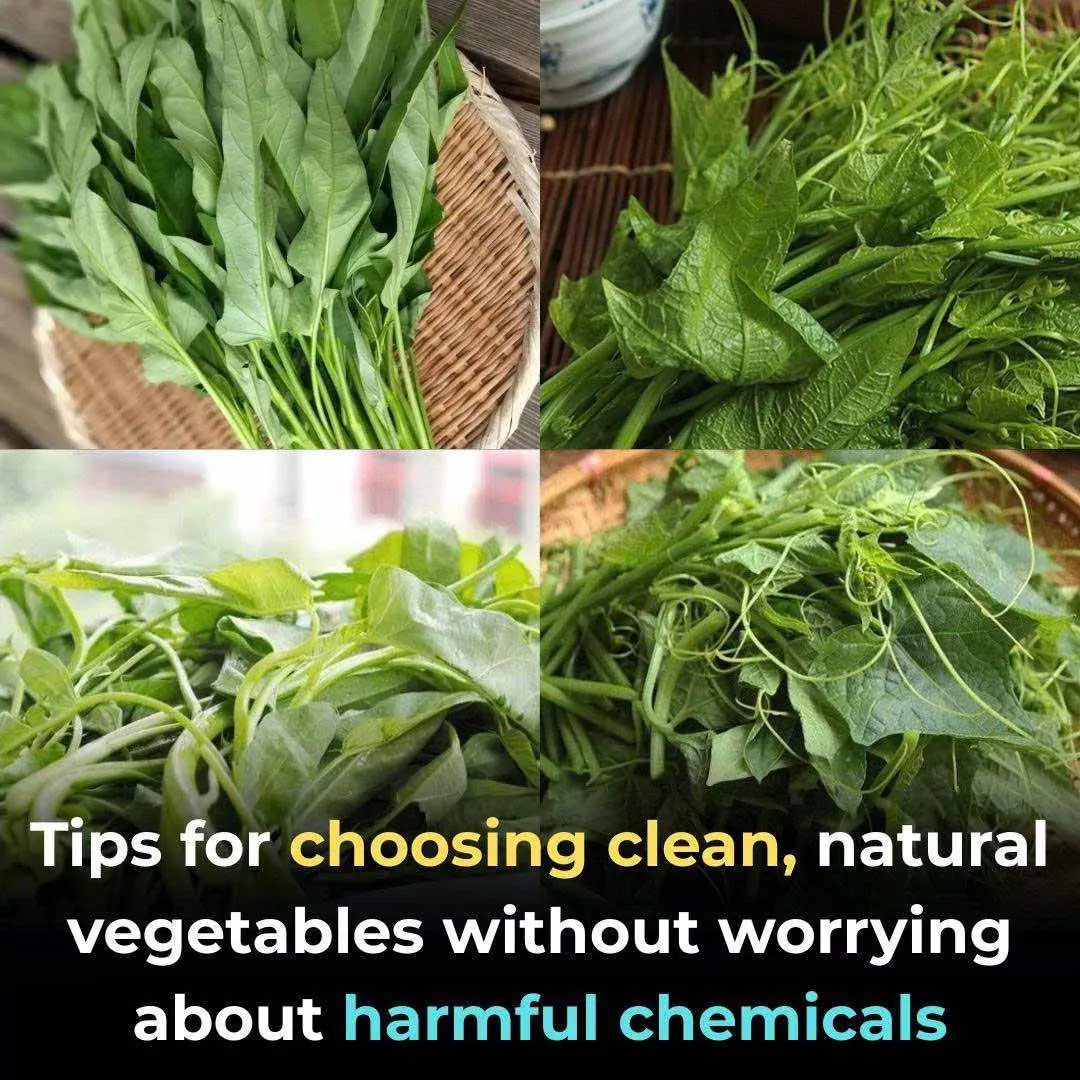
Tips for choosing clean, natural vegetables without worrying about harmful chemicals
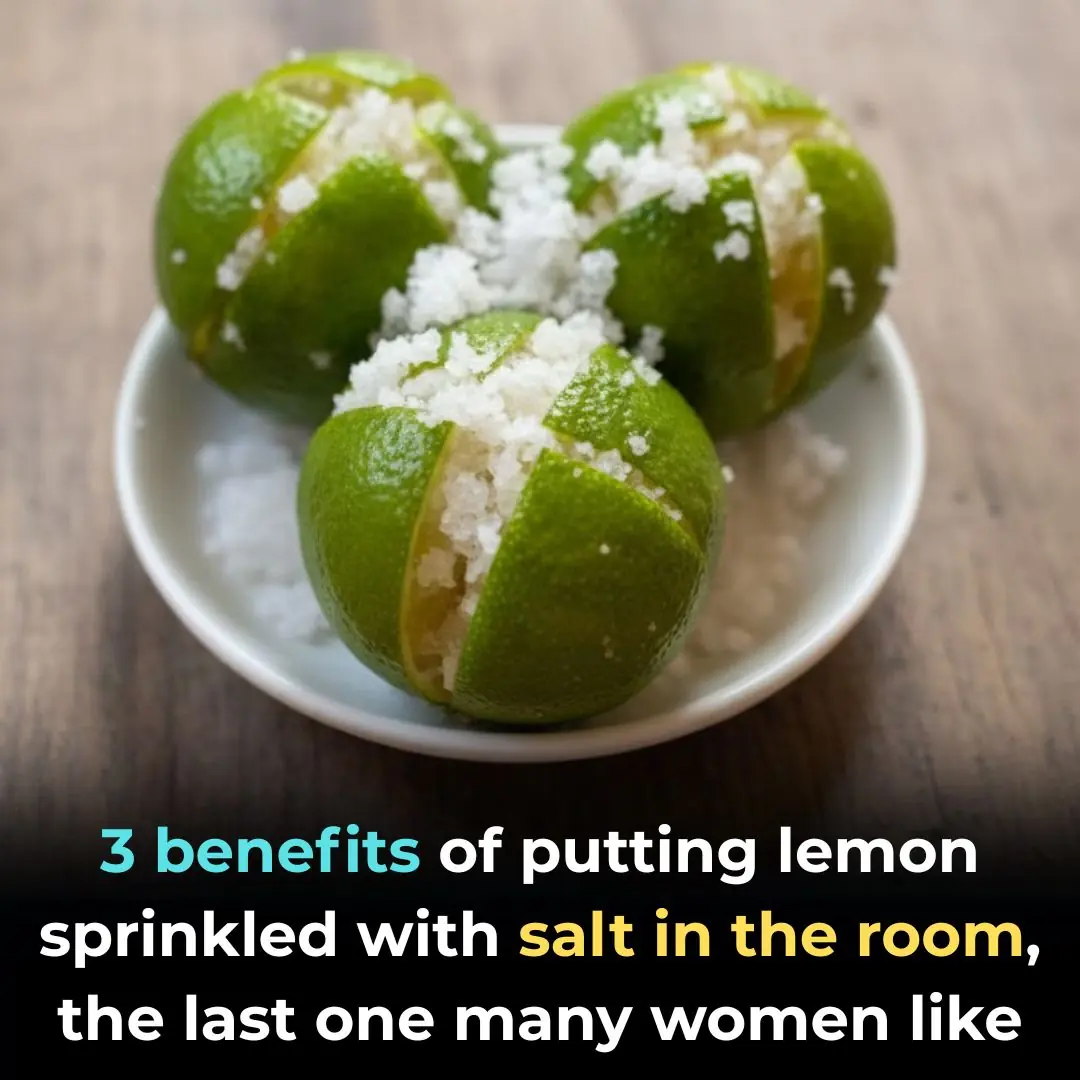
3 benefits of putting lemon sprinkled with salt in the room, the last one many women like
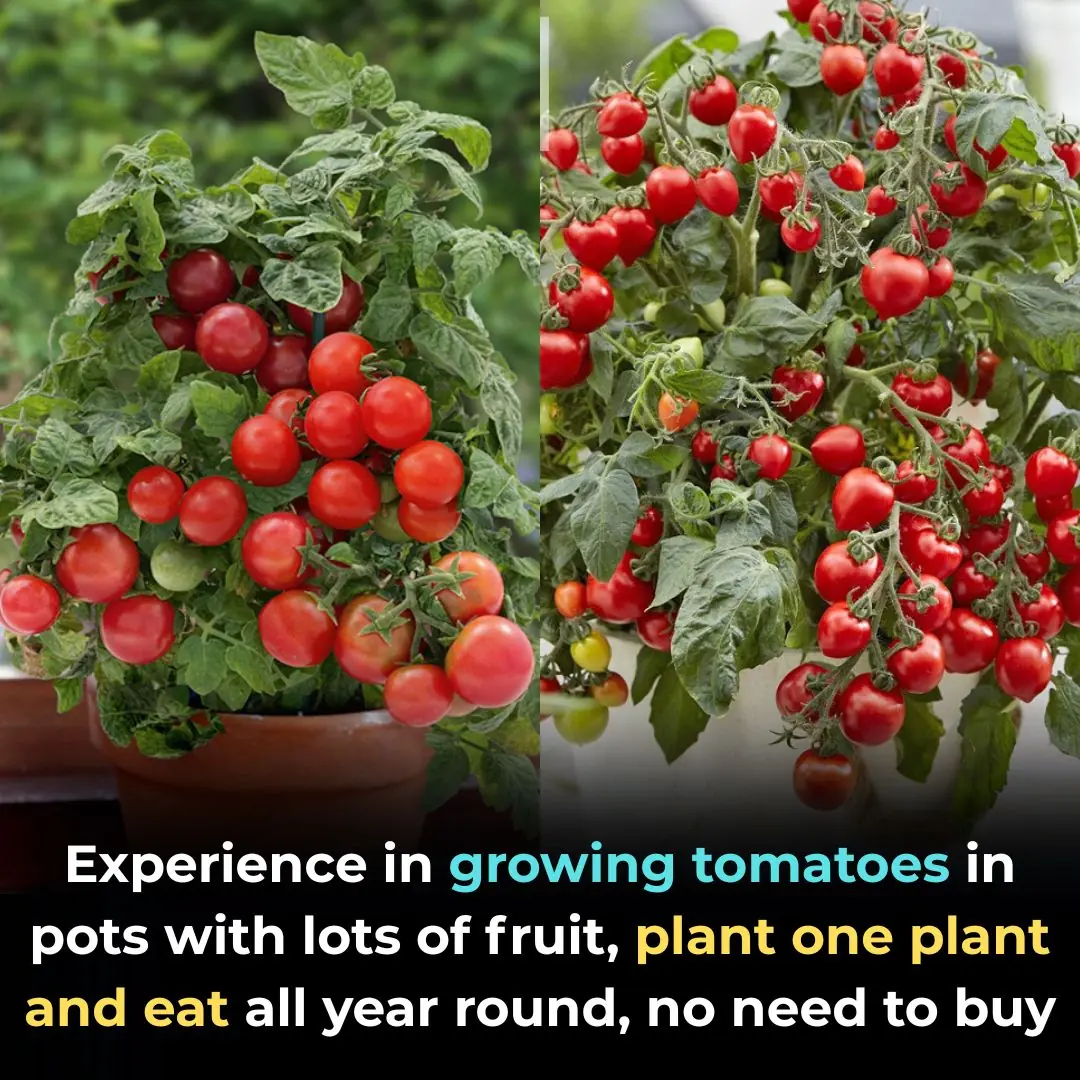
Experience in growing tomatoes in pots with lots of fruit, plant one plant and eat all year round, no need to buy

After boiling the chicken, do this step: The chicken will have golden brown, crispy skin, and will be delicious to eat.

Want to eat ripe jackfruit, don't 'absorb' chemicals, go to the market and choose this way
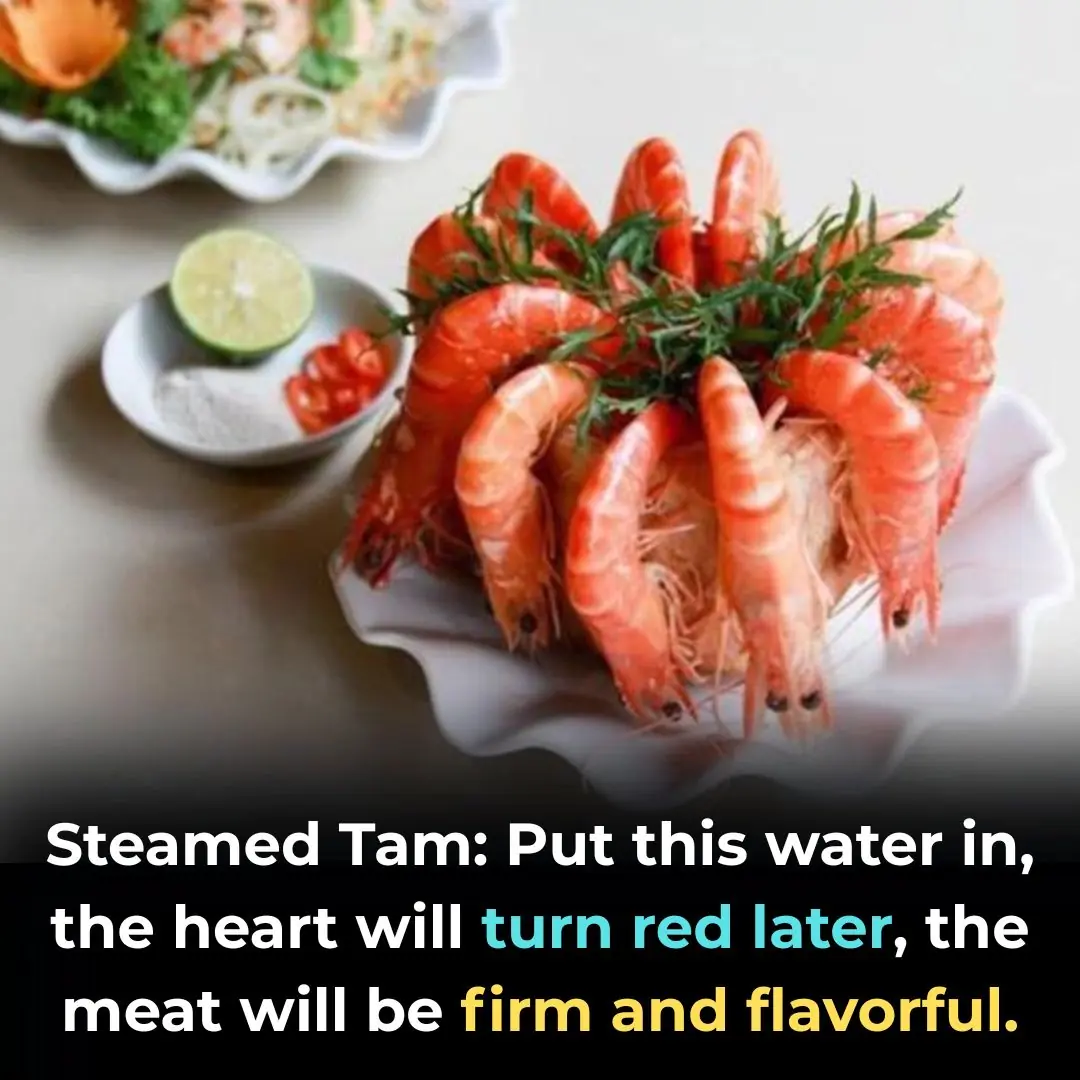
Steamed Tam: Put this water in, the heart will turn red later, the meat will be firm and flavorful.
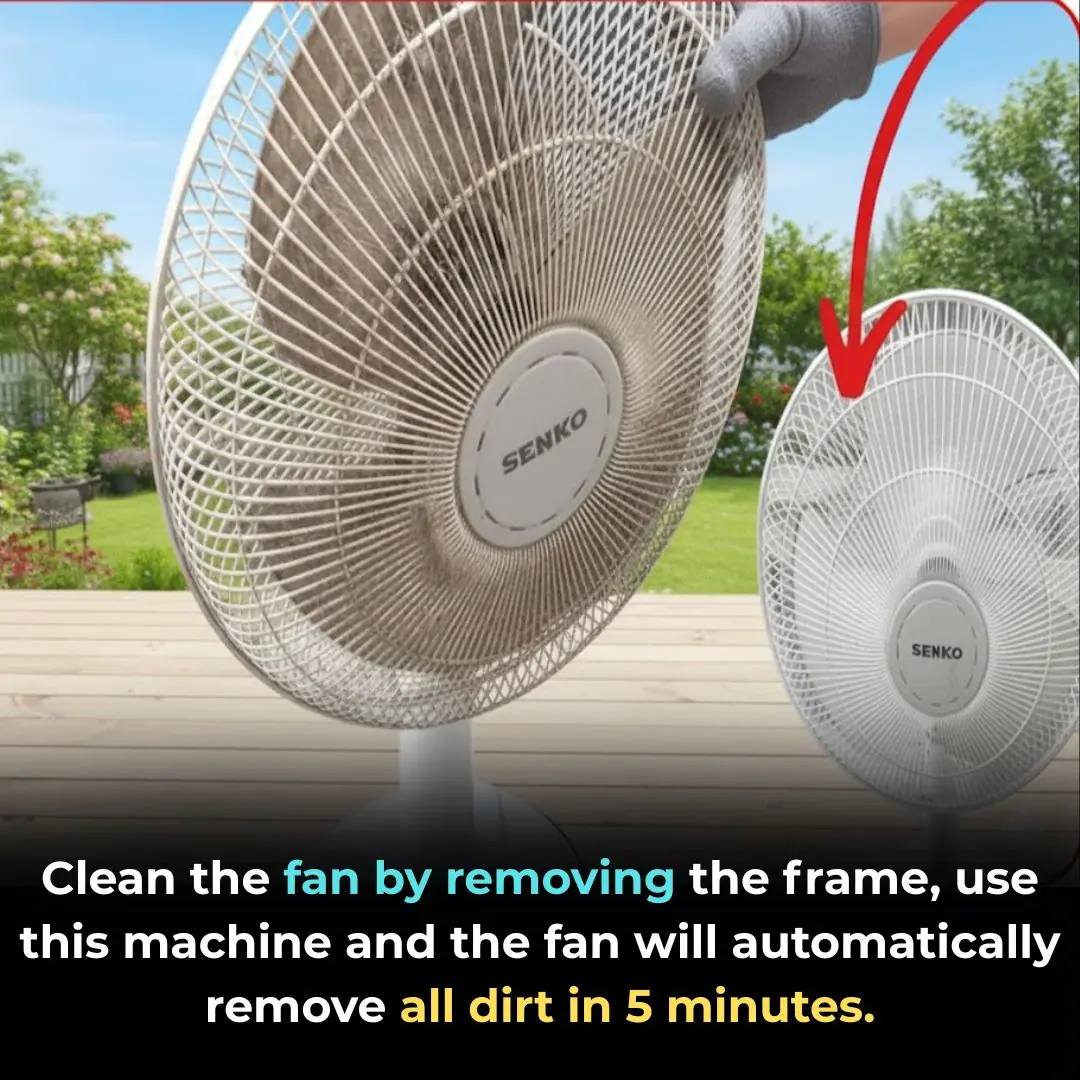
Clean the fan by removing the frame, use this machine and the fan will automatically remove all dirt in 5 minutes.
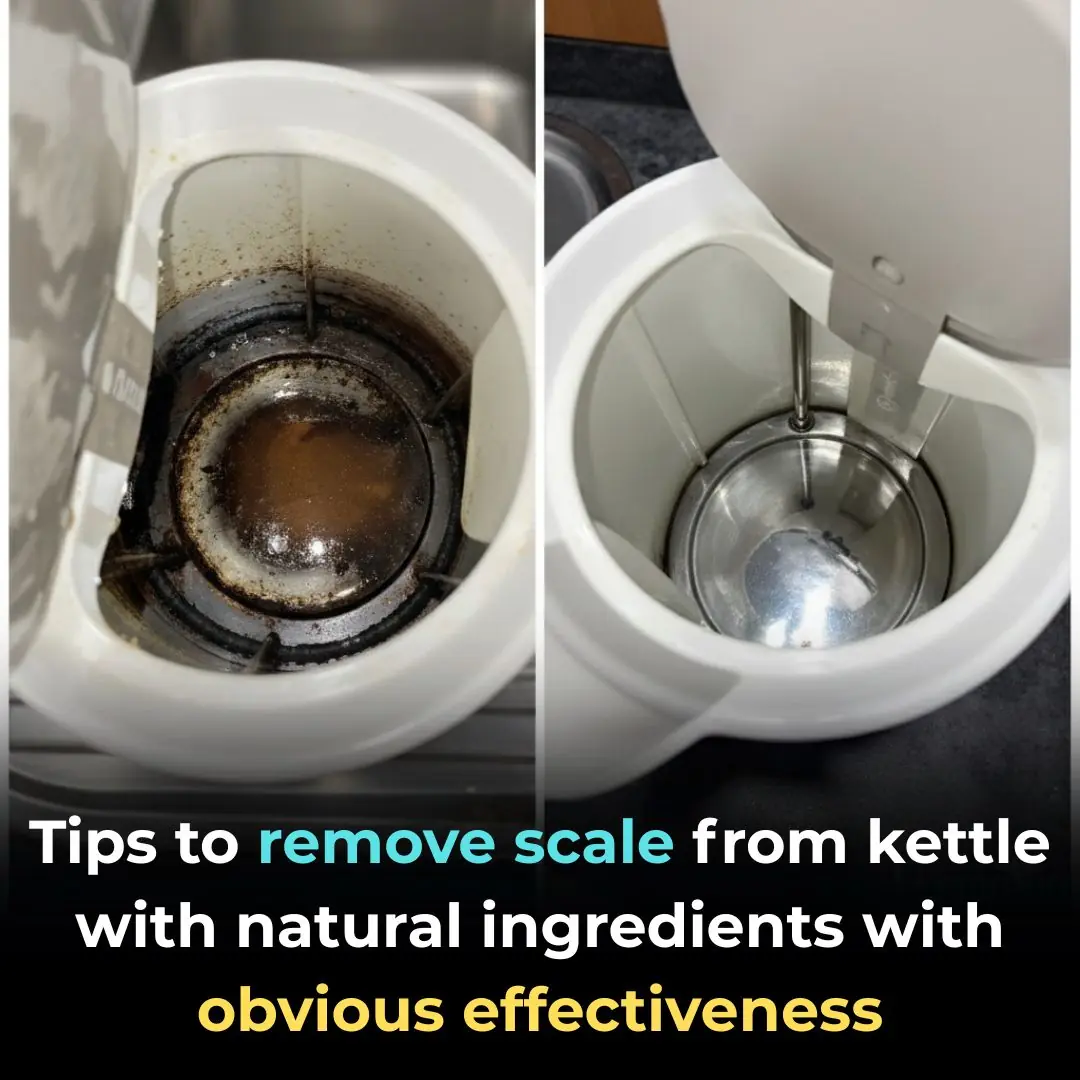
Tips to remove scale from kettle with natural ingredients with obvious effectiveness

How to Reduce Freckles for a More Even and Radiant Skin Tone
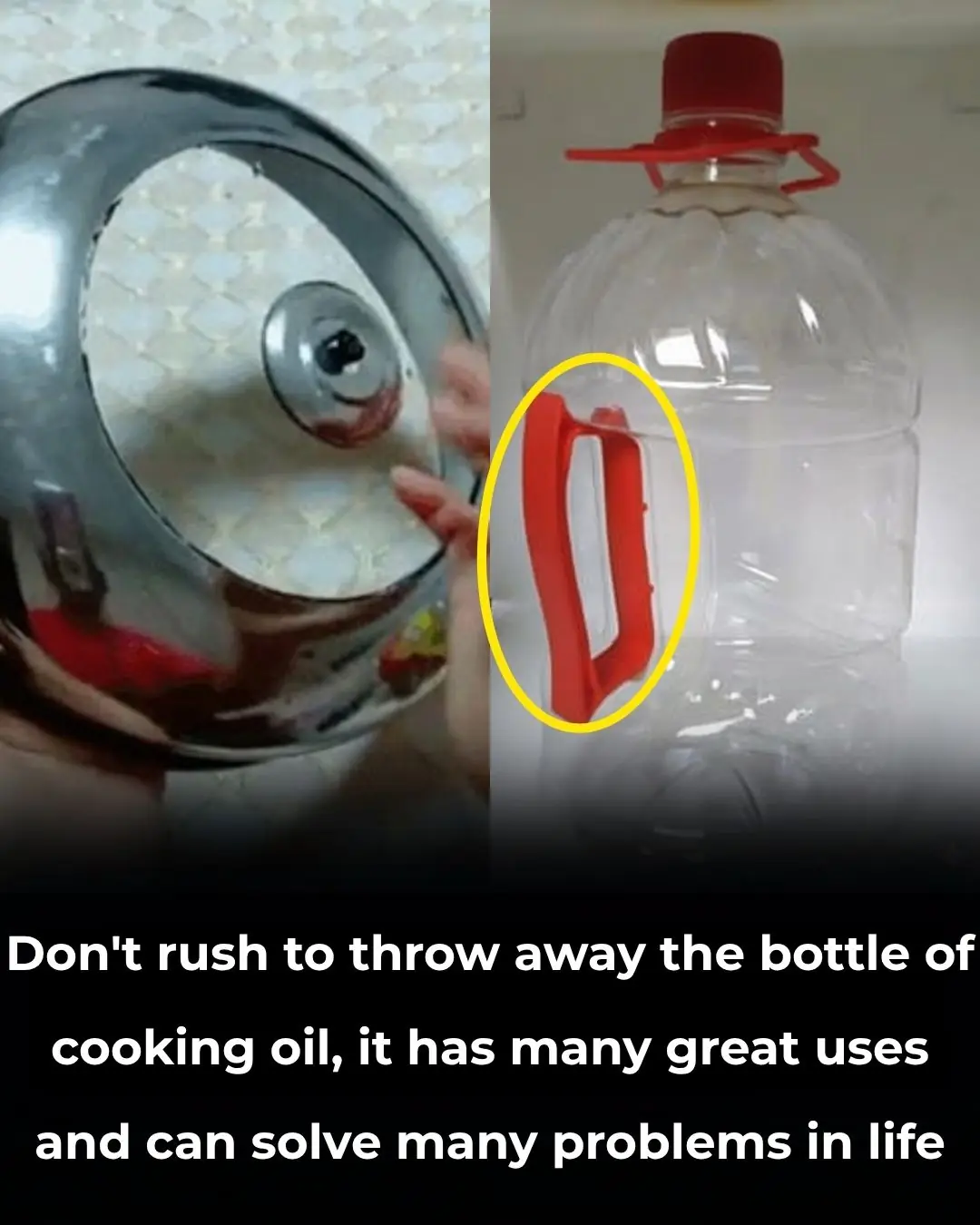
Don’t Throw Away the Handle of Your Used Cooking Oil Bottle — It Has Many Surprising Uses in Everyday Life
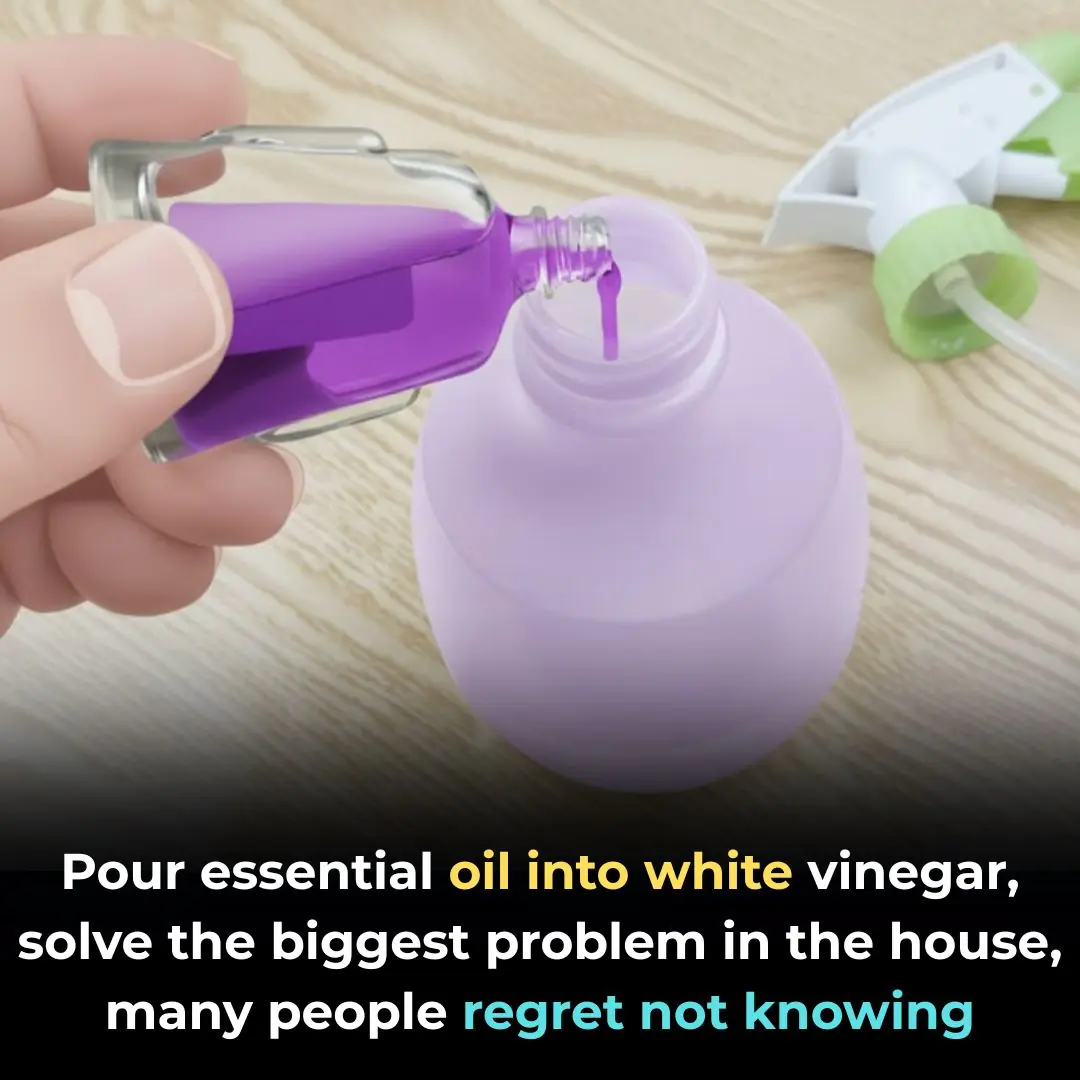
Pour essential oil into white vinegar, solve the biggest problem in the house, many people regret not knowing
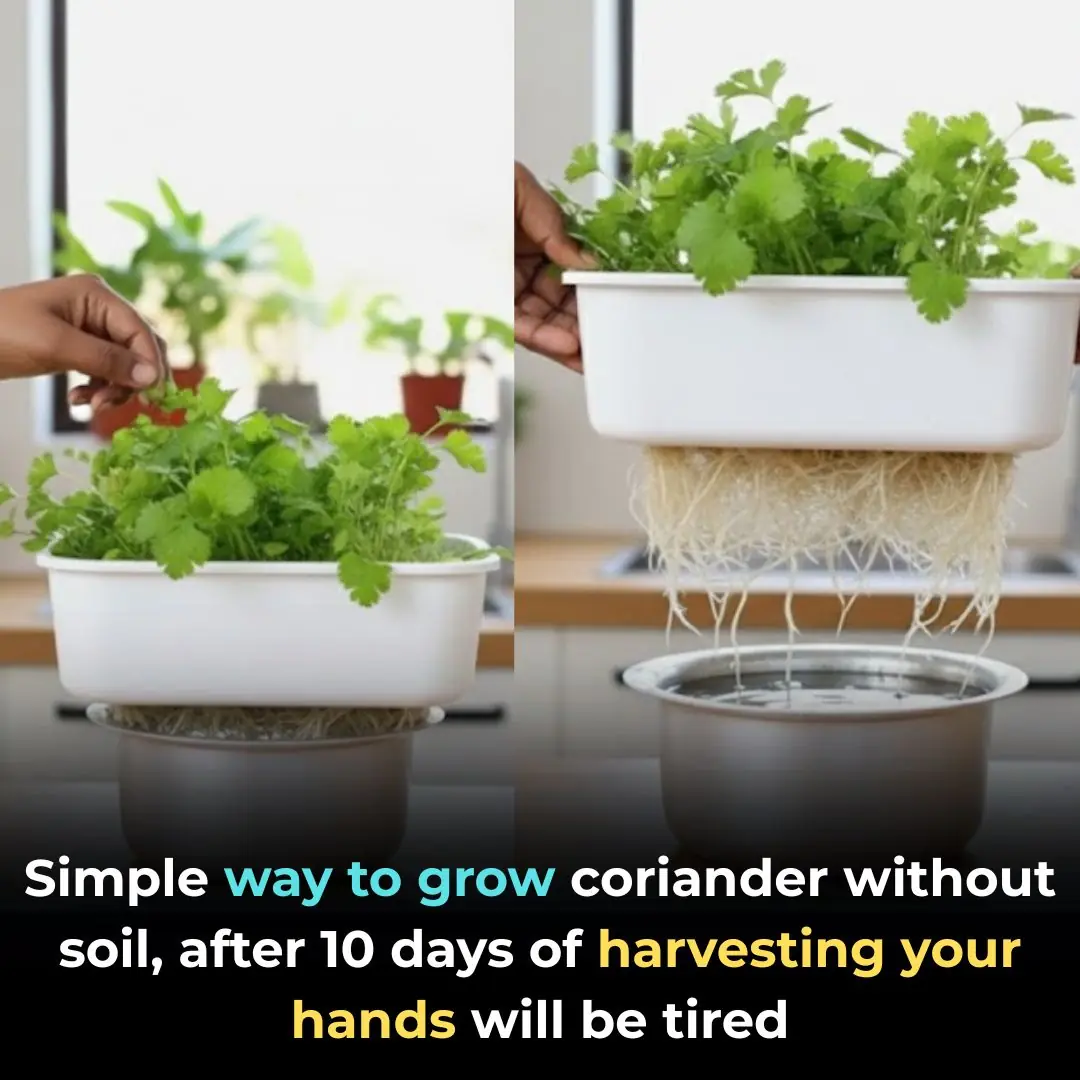
Simple way to grow coriander without soil, after 10 days of harvesting your hands will be tired
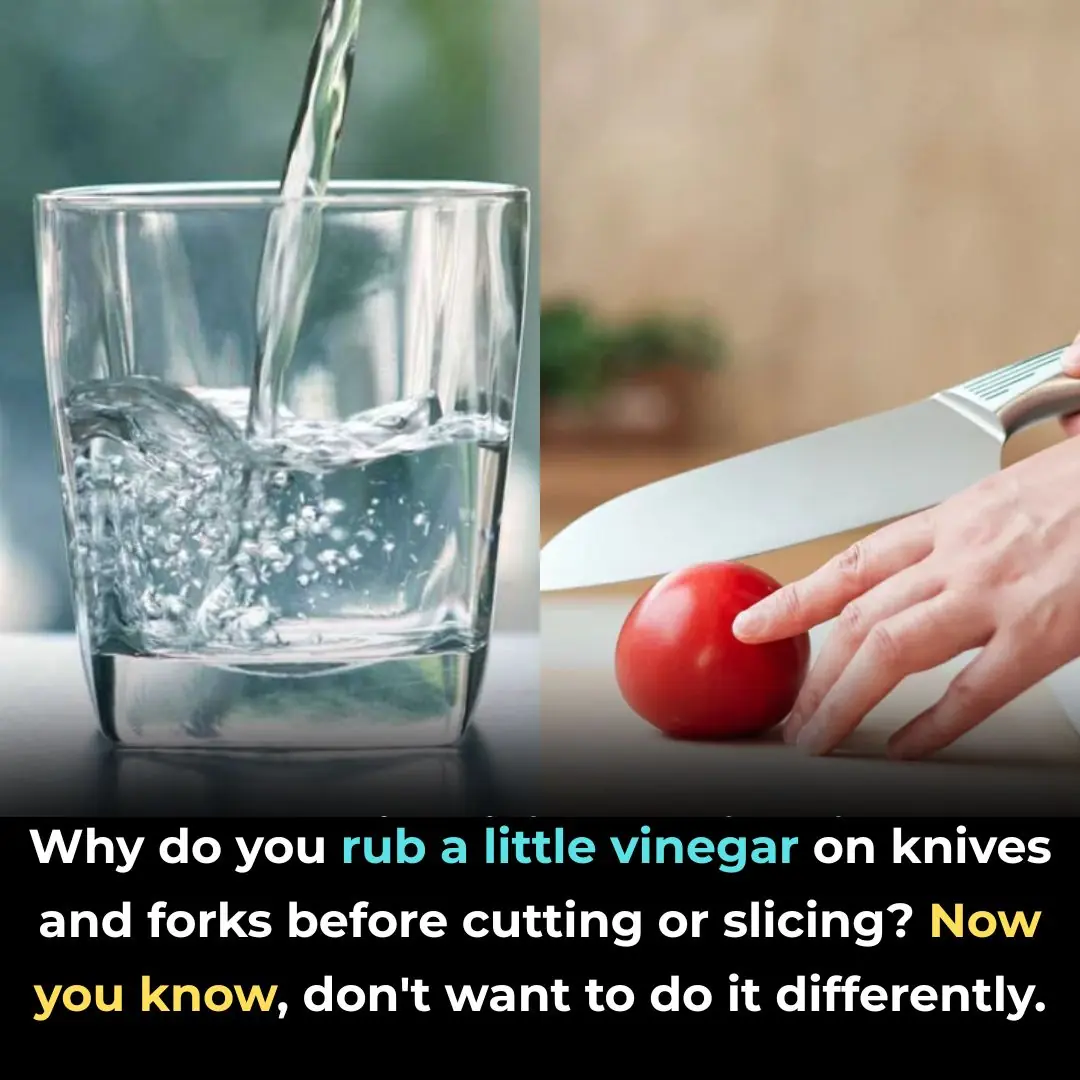
Why do you rub a little vinegar on knives and forks before cutting or slicing? Now you know, don't want to do it differently.

Don’t Make Your Bed As Soon As You Get Up

Hotel Room Red Flags You Should Never Ignore
News Post
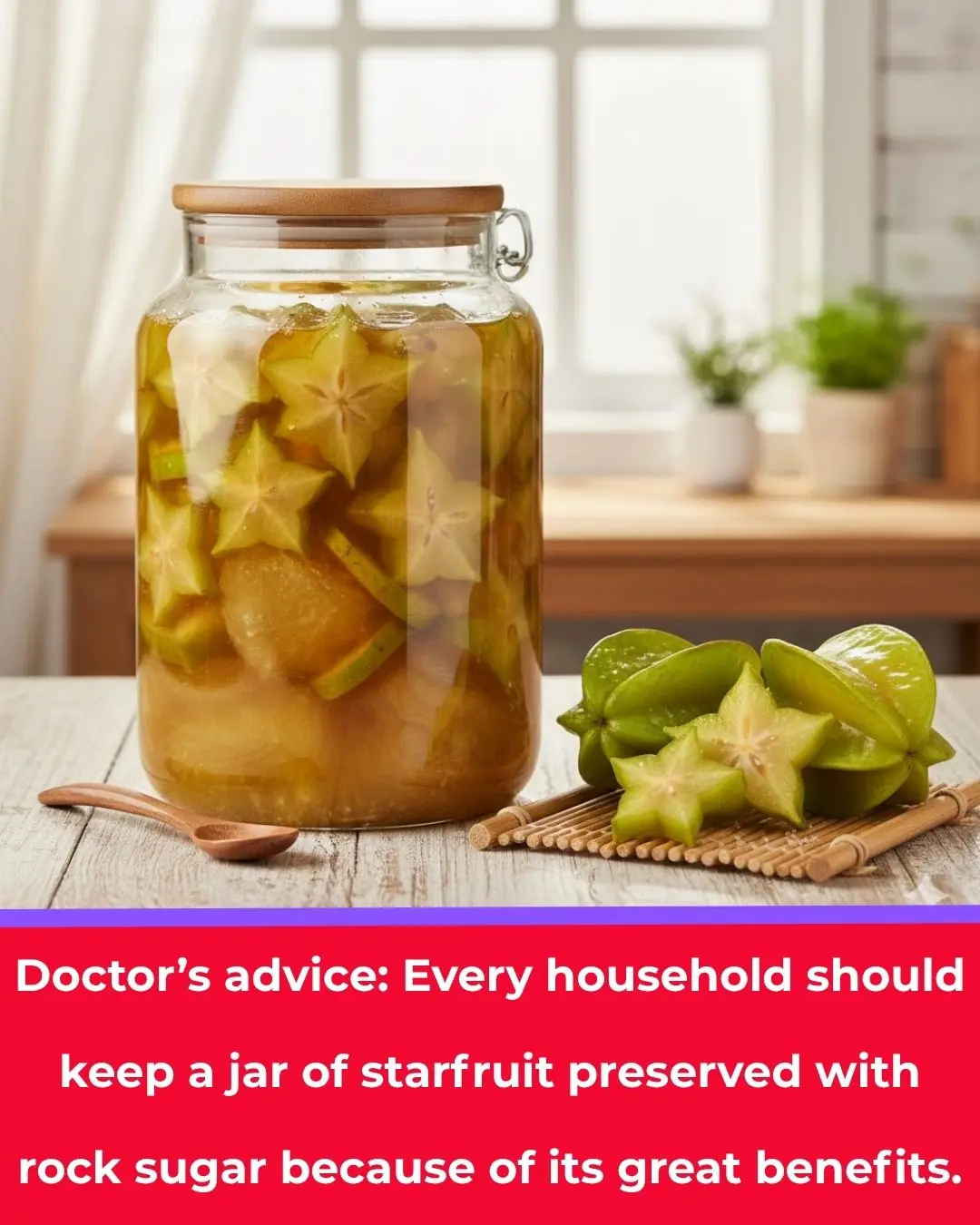
Why Your Neighbor’s Jar of Starfruit in Rock Sugar Might Be a Hidden Health Remedy
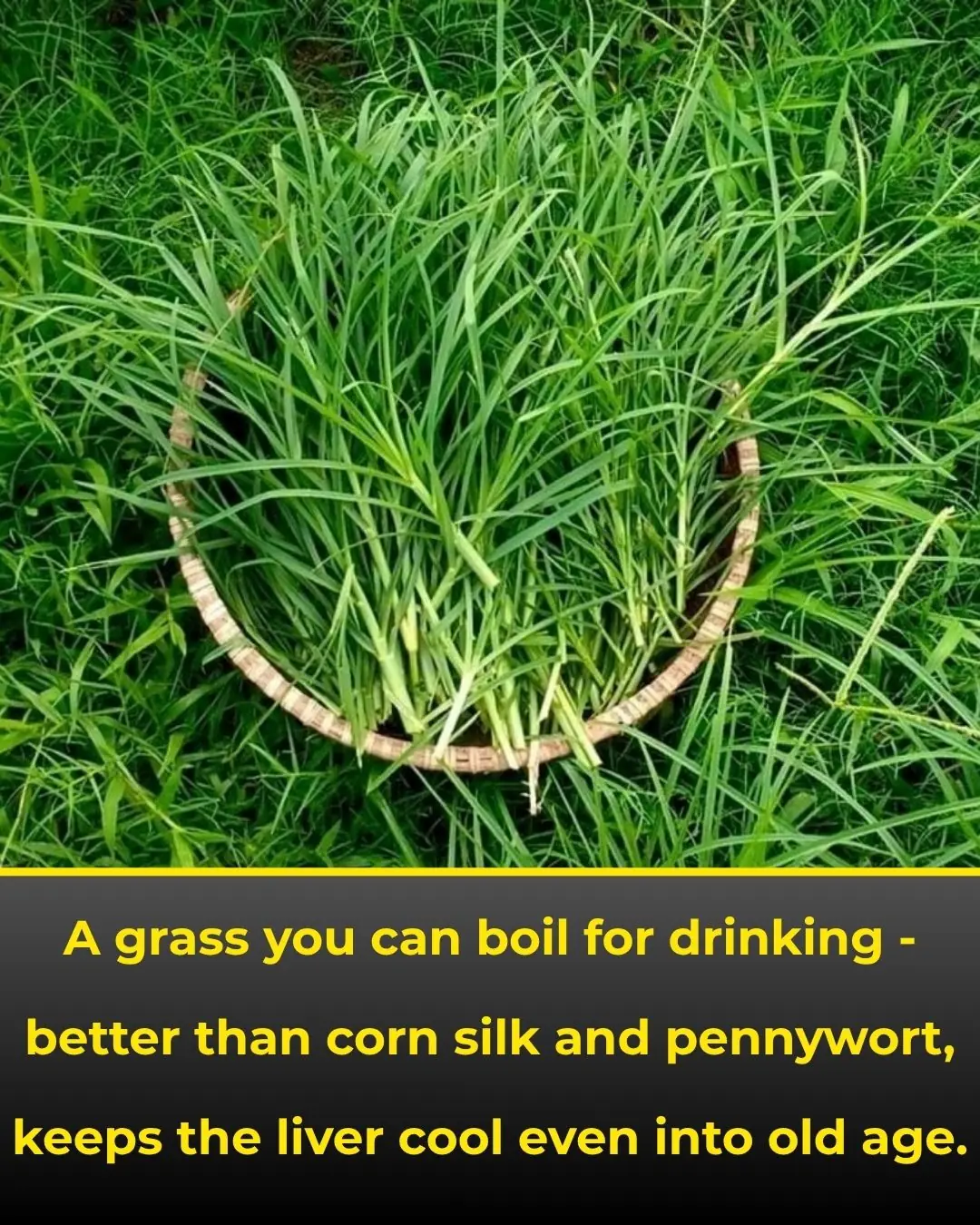
The Medicinal Properties of Eleusine indica (Goosegrass) in Traditional and Modern Medicine

This Is What Happens To Your Body The Day You Stop Eating Bread

‘This Man Can’t Do Nothing Right’: Jonathan Owens’ Steamy On-Field Video with Simone Biles Has the Internet Divided as Fans Rush to Their Defense

Serena Williams Becomes Part Owner of Canada’s First WNBA Team, Toronto Tempo

Meet The Woman Who Single-Handedly Preserved Over 30 Years Of TV History

14 Symptoms of Liver Damage You Need to Know

Ohio Couple Adopts Two Sets Of Twin Siblings Who Were Separated In The Foster Care System

You’re doing it all wrong. Here’s the right way to store knives

17 Foods That Increase Magnesium And Prevent High Blood Pressure, Blood Clots And Muscle Fatigue

Brooklyn Man Transforms Wasteland Into Community Garden, Distributing Over 10,000 Pounds Of Food
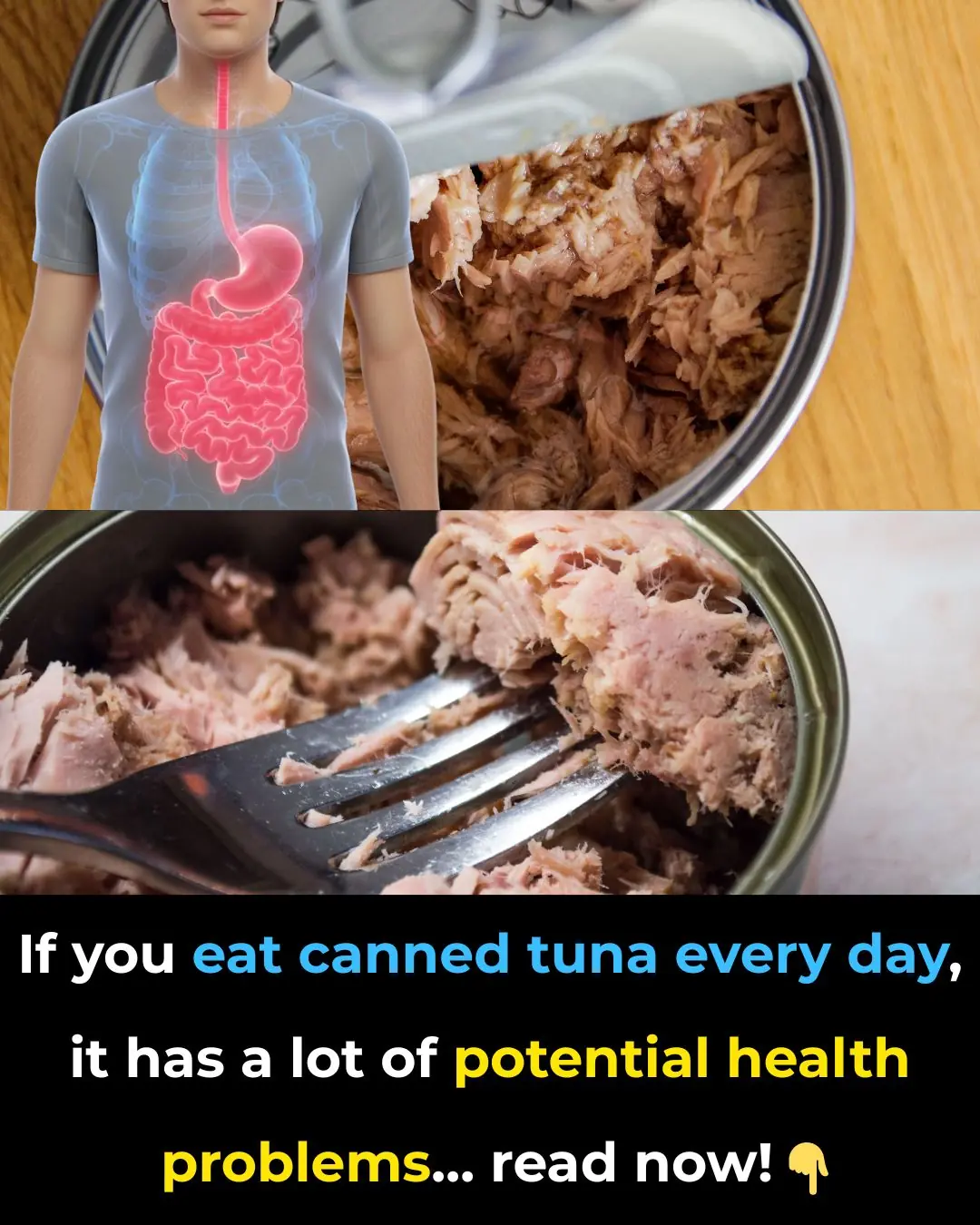
This Is What Happens to Your Body If You Eat Canned Tuna Every Day

You’re doing it all wrong. Here’s the right way to unclog your drain

Genius!

Meet The Founder Of The First Black-woman Owned Electric Vehicle Recharging Station

Need some assistance here

Meet The Owner Of The First Black Woman-Owned Winery And Tasting Room In Alameda County, California

Tips for choosing clean, natural vegetables without worrying about harmful chemicals
